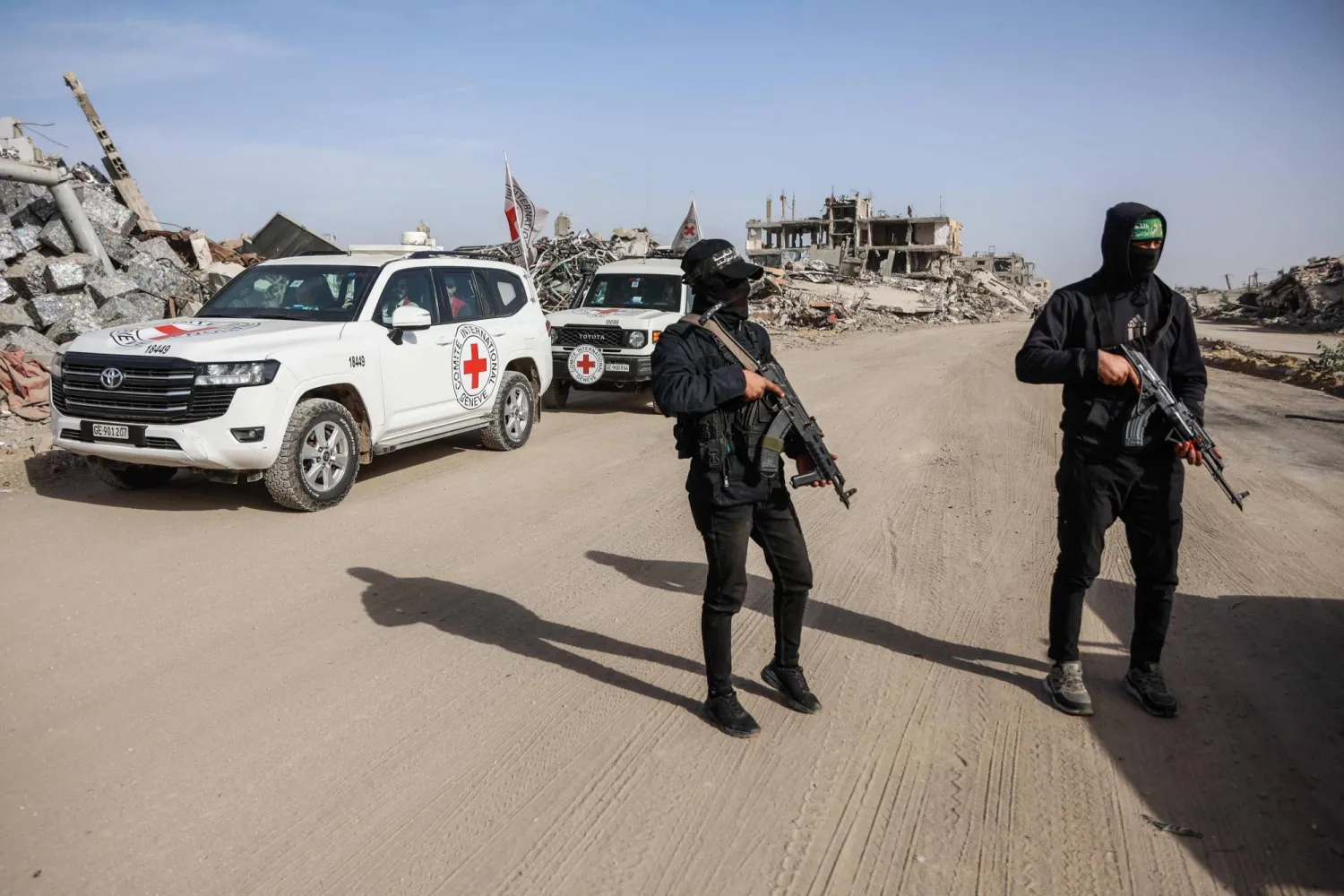Yemen witnessed Monday a slight surge in coronavirus-related deaths and infections as the war-torn country begins to contain the third wave of the outbreak that started three months ago.
On Monday, the Aden-based National Emergency Committee for COVID-19 reported 30 infections and three deaths in seven governorates.
The number of confirmed infections in areas controlled by the internationally recognized government in south and east Yemen reached 9,556 with 6,084 recoveries and 1,665 active cases since the first COVID-19 case was reported in April 2020. The total death toll also rose to 1,807.
However, officials believe that the true number of coronavirus cases is much higher than the recorded, as the country suffers from limited testing capacity and difficulty of accessing treatment centers.
Also, most cases do not go to hospitals due to poverty and lack of confidence in the health sector.
The Houthi group, which controls Sanaa and some cities in the north and west of the country, does not report COVID infections and deaths.
The group only announced three infections and one death since the pandemic outbreak was announced in Yemen in April 2020.
More than six and a half years of war has undermined the health system in Yemen, which the United Nations says is already suffering from one of the world's worst health crises.









